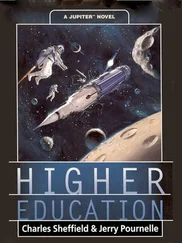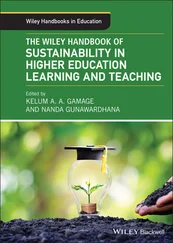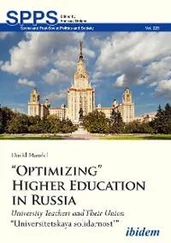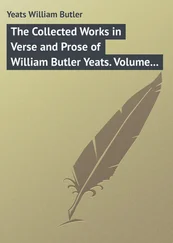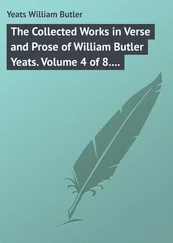General Introduction: The Study of Higher Education Law
In the study of higher education law, as with most learning, it is important to begin with a foundation on which to build. This General Introduction to the Student Version , combined with Chapter 1that follows, provides this foundation. The materials in the General Introduction have two purposes: (1) to introduce, illustrate, and integrate particular foundational matters that are discussed in greater depth in Chapter 1; and (2) to help students to develop a framework for organizing their thinking about, and integrating, the materials that are contained in the succeeding chapters of this book.
A. The Universe of Education Law
Higher education is part of a broader universe of education law. This universe encompasses not only the law regarding higher and other postsecondary education but also the law regarding “lower” education, that is, elementary and secondary education (K–12) as well as preschool education. 1 These “higher” and “lower” sectors can be further divided into public education and private education sectors, as indicated in Figure I.1, thus producing a universe of four quadrants: public higher education, public lower education, private higher education, and private lower education. Finally, the private education quadrants can be subdivided into private education provided by secular institutions and private education provided by religious institutions, as Figure I.1also indicates. Each sector displayed in Figure I.1is legally distinct from the other sectors. The boundary lines within the education law universe thus represent important legal distinctions—distinctions undergirding legal analysis of education law problems. (For an example, see State ex rel. Gallwey v. Grimm , 48 P.3d 274, 279–84 (Wash. S. Ct., 2002) [state constitution's restriction on state funding of “schools” does not apply to higher education].) Because the applicable sources of law ( Section 1.4of this book), the legal reasoning, and the results or conclusions reached may differ from one sector to another, it is important to begin analysis of each judicial opinion by determining the sector of the education law universe with which it deals. Similarly, when first approaching a new issue or problem, it is important to ascertain its location within this universe.

Figure I.1 The Education Law Universe
In a higher education law course, therefore, one would ask: Does this case or problem deal with public higher education or with private higher education? (See Section 1.5of this book for discussion of this distinction.) If it is private higher education, then one would ask: Does this case or problem deal with secular higher education or with religious higher education? (See Section 1.6for discussion of this distinction.) To further expand understanding, one could also ask whether the problem or case would be reasoned or resolved differently—and why—if it had involved private rather than public (or public rather than private) higher education, or had involved religious rather than secular (or secular rather than religious) higher education. Finally, for the broadest perspective, one might ask whether the case or problem would be reasoned or resolved differently if it had involved lower education rather than higher education.
These distinctions and their significance in various contexts are emphasized throughout the Student Version .
B. The Governance of Higher Education
Early in the study of higher education law, attention should be given to the governance of higher education, that is, the structures and processes by which higher education institutions are governed. As more fully explained in Section 1.3of this book, the concept of governance can be divided into two categories: internal governance (that is, within the institution) and external governance (that is, external to the institution); and external governance, in turn, may be further divided into two subcategories: public external governance (that is, by government) and private external governance (that is, by private associations).
A focus on governance is important to the student of higher education law because, as also explained in Section 1.3, “[g]overnance structures and processes provide the legal and administrative context within which issues and disputes arise” and “the framework within which parties seek to resolve problems and disputes.” Since the structures and processes for higher education governance differ markedly from those for elementary and secondary education, the basic boundary line in the “Education Law Universe” ( Section Aabove) is equally applicable to matters of governance. Similarly, the boundary lines between public and private higher education institutions, and between private secular and private religious institutions, also indicate parallel distinctions in the governance of higher education. Thus, just as the law may vary from one sector to another of the education law universe, the governance structures and processes may vary as well. Whenever one is analyzing a legal problem or reading a judicial opinion, therefore, it is helpful to begin not only by determining the sector of the universe within which the problem or case falls but also by identifying the particular governance structure or process from which the problem or case arose and through which it might be (or might have been) resolved.
C. Sources of Higher Education Law
As a keystone of their internal governance systems, higher educational institutions create “internal law” that delineates authority and rights, and embodies the rules and procedures, by which institutions govern themselves. There are three main sources of internal law: institutional rules and regulations ( Section 1.4.3.1of this book), institutional contracts ( Section 1.4.3.2), and academic custom and usage ( Section 1.4.3.3). Circumscribing this internal law is the external law (here, public external law) created by the federal government and state and local governments through their own governance processes ( Section 1.4.2). These sources of law, and the interrelations among them, are another factor to consider—along with the education law universe sectors ( Section Aabove) and the governance structures and processes ( Section Babove)—when reading judicial opinions or analyzing problems in higher education law. It will be helpful, therefore, to identify the pertinent source(s) of law that provide(s) the basis for the judicial opinion or that can be used to analyze the problem. Figure I.2depicts the various sources of law and the order in which each source “trumps” other sources. Each ring of law in the figure is superior to the other rings that are farther inside and inferior to the other rings of law that are farther outside. Thus, when there is inconsistency or conflict between two applicable sources of law, the law in the ring farthest from the center will prevail.
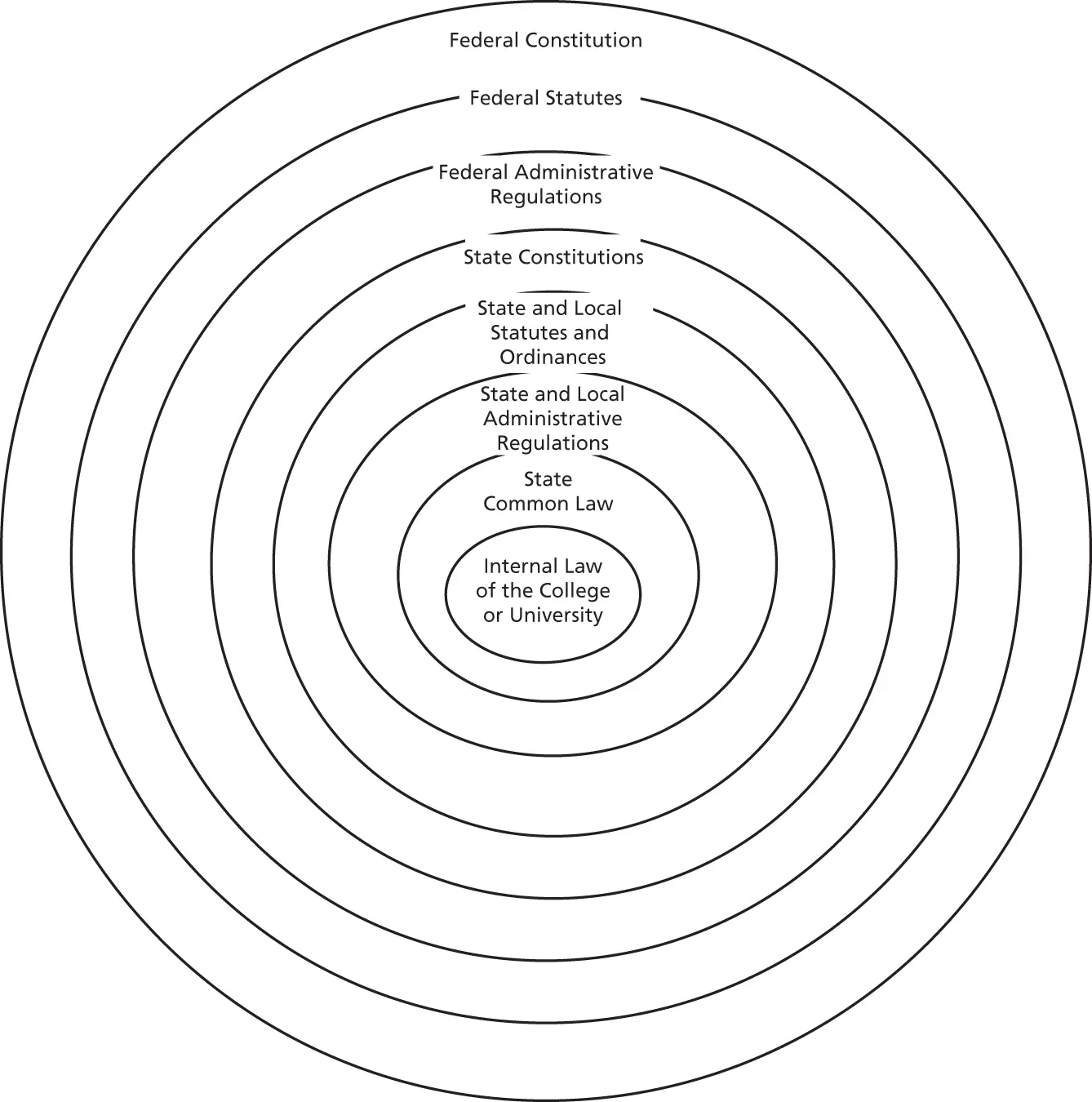
Figure I.2 The External Law Circumscribing the Internal Law
D. The Legal Relationships Within Institutions of Higher Education
The internal governance of an institution of higher education (see Section Babove) is generally the responsibility of the board of trustees or board of regents (see Section 3.1of this book). The board, as the entity vested with the institution's legal authority, has legal relationships with the institution's officers, administrators, and staff members; with its faculty members; and with its students. Each relationship encompasses both questions of authority (usually the board's [or institution's] authority) and questions of rights (usually the rights of officers, administrators, and staff, of faculty members, or of students). In turn, there are legal relationships among the institution's officers, administrators, and staff; its faculty members; and its students. These are the three “secondary relationships” depicted in Figure I.3. 2 The secondary relationships also encompass both questions of authority and questions of rights. (For an interesting example of such secondary relationships, see Woodruff v. Ohman , 29 Fed. Appx. 337, 162 Ed. Law Rep . 707 (6th Cir. 2002), and 166 Fed. Appx. 212 (6th Cir. 2006) [faculty member/staff member conflict].)
Читать дальше




